Huawei may not be a household name among US consumers, but the company is one of the top smartphone manufacturers on the planet. Despite not being available in the US, Huawei has sold over 9 million units of the P9 which introduced us to the Leica-branded dual-camera.
The P9 may well be one of the best-selling phones Huawei has ever made, but it lacked the power needed to go head-to-head with flagship devices from Samsung, HTC or OnePlus. With an even better dual-sensor Leica camera and the incredibly powerful Kirin 955 processor, Huawei hopes the Mate 9 will set a new bar for flagship smartphones.
Recommended Reading
Specifications
We may hate to admit it, but most of us buy phones based on the specifications they have. To some, having a lot of RAM and a super-fast processor are extremely important. Others care more about the camera quality and then there are those who simply want a phone that will last a full day while being used constantly. The good news is that the Huawei Mate 9 comes with an incredible spec sheet.
- Processor: Hisilicon Kirin 960 (octa-core) SoC, Mali-G71 MP8 GPU
- Display: 5.9-inch 1080p (373ppi) IPS LCD
- RAM: 4GB
- Storage: 64GB internal, microSD card slot (up to 256GB)
- Main Camera: 20MP/12MP dual-sensor camera, OIS, f/2.2 Leica Optics, laser autofocus
- Front-facing Camera: 8MP, f/1.9
- Battery: 4,000 mAh with Super Charge
Design
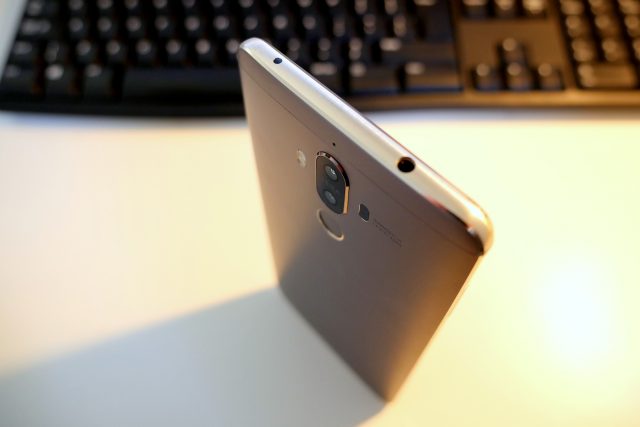
Huawei’s been pushing out phones with impressive spec sheets for quite some time, but the Mate 9 is the first device which adds a bit of style to the raw power that’s enclosed within the phone’s aluminum shell. The design of the Mate 9 isn’t as flashy as that of the Honor 8 or the P9, but it’s much better than drab exterior or last year’s Mate 8.
The Mate 9’s design is subtle if you don’t take into account that dual-camera module that protrudes from its back. Other than that, the phone doesn’t look much different than all the other aluminum-clad devices on the market these days. That being said, Huawei’s design team did work some magic by cramming in a 5.9-inch display into a body that measures 156.9 x 78.9 x 7.9 mm, giving the phone a 77.5% screen-to-body ratio. That’s even higher than the 76.1% screen to body ratio of the Galaxy S7 edge.
The phone’s aluminum shell uses a single piece of aluminum. Its edges are polished with shallow chamfers while the back panel sports a powdred coat finish. The final result is a device which looks stylish, but is nearly impossible to use with a single hand.
Camera
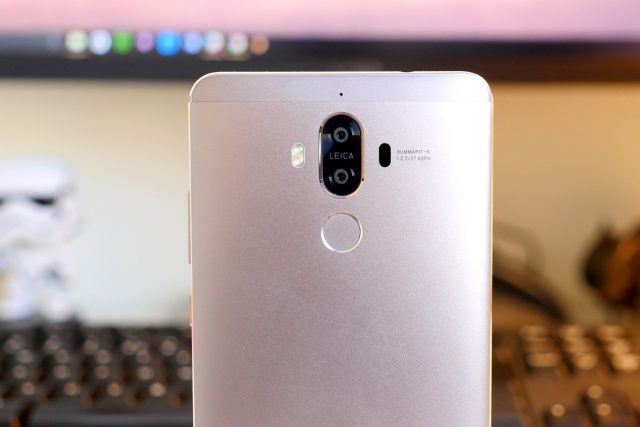
HTC may have been the first to introduce us the dual-camera, but Huawei is well on its way to perfecting the technology. Like the Huawei P9, the Mate 9’s dual-camera also Leica-branded. To be clear, neither the optics nor the camera sensor are made by Leica, but the two companies worked closely to ensure that the images produced by the Mate 9’s unique camera are good enough to be stamped with Leica’s seal of approval. This means that the images are toned down, allowing the subject of the image to play a more important role than color. However, there is a “Vivid” override within the camera app which allows for over-saturated images if that’s what you’re into.
But as much as Huawei is pushing the Leica branding, the true story of the Mate 9’s camera is its 20MP and 12MP dual-sensor camera module. The basic setup is similar to that the of the Huawei P9, but the added resolution of the 20MP monochrome sensor allows the phone to capture larger images as well as digitally enhanced 2X optical zoom. This makes the camera on the Mate 9 even better than the phenomenal one that the company used in the P9.
Daytime images are stunning, low-light shots are great, 2X zoom is extremely convenience for when you can’t get close to your subject and being able to adjust the background blur in your photos allows for some incredible finished shots. The camera isn’t perfect, but it’s pretty darn close. The advantage offered by having a monochrome and color sensor is that the information from both sensors is combined to create a single image. With the monochrome sensor being more sensitive to light, low-light images turn out much brighter than you might expect and dark areas or shadows in daylight shots are brightened up as well. It’s like having HDR turned on all the time, without all the side effects.
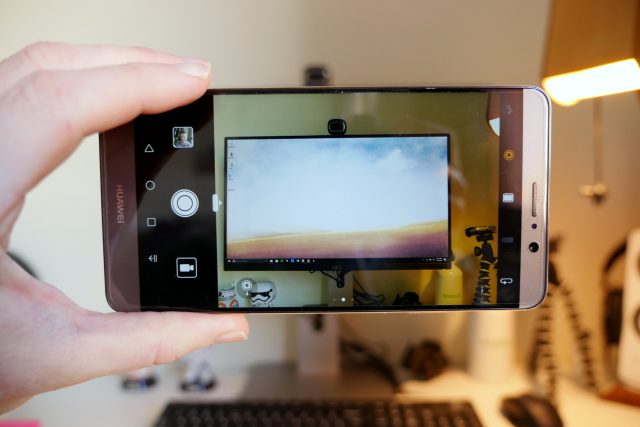
The only real complaint I have is that camera app is a bit slow when pressing the shutter button. The images are snapped immediately, but there seems to be a 1/4 second delay until the app refreshes and allows you to snap another picture. It’s not really noticeable unless you’re looking for it.
While we applaud Huawei for finding a way to incorporate optical image stabilization with its dual-sensor camera, the results really aren’t that great. OIS helps a little while taking pictures in low-light and does help stabilize video capture, but it’s not as good as what Samsung, HTC and other OEMs have delivered recently.
Performance & Battery
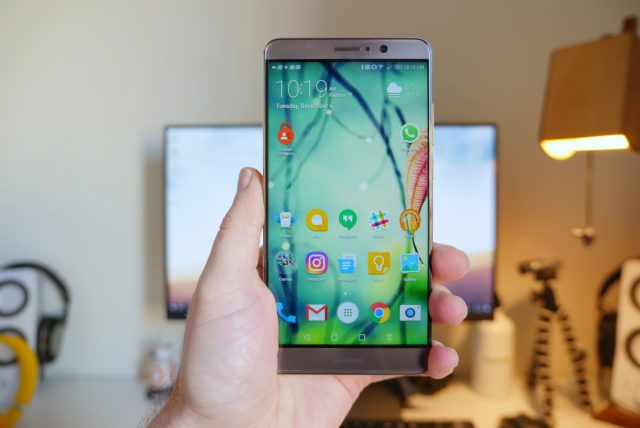
The Kirin 960 processor is the latest chip that Huawei has put out. Paired with the new Mali-G71 MP8 GPU (which also supports the Vulkan API), Huawei claims that the Mate 9’s gaming performance has been increased 180% when compared to last year’s Mate 8. To put that into context, the Huawei Mate 9 is slightly more powerful than flagship devices running on the newest Qualcomm Snapdragon 821 SoC. If you want a fast smartphone, the Mate 9 delivers!
In our testing, there was nothing that could stand in the way of the Mate 9’s processing power. If you’re into gaming or are a heavy multi-tasker, this phone should be at the top of your list.
What’s even better is that Huawei blessed the phone with a massive 4,000 mAh battery. If you consider yourself a heavy user, there’s only a slight chance you’d be able to fully drain the battery in this phone in a single day. In using the Mate 9 as my daily driver, the only time I was able to do so was when I deliberately ran the battery down. After using the phone for 15 hours, the Mate 9 finally gave in with a total of 7 and a half hours of screen-on time.
Most days, the phone would still have a 25-30% charge at the end of the day with roughly 5 hours of screen-on time. Those who don’t use their phones as much should early be able to get two full days on a single charge. And when you do drain the phone’s battery and need to charge it, the include Super Charger can restore roughly 50% of the battery’s charge in 30 minutes.
Display
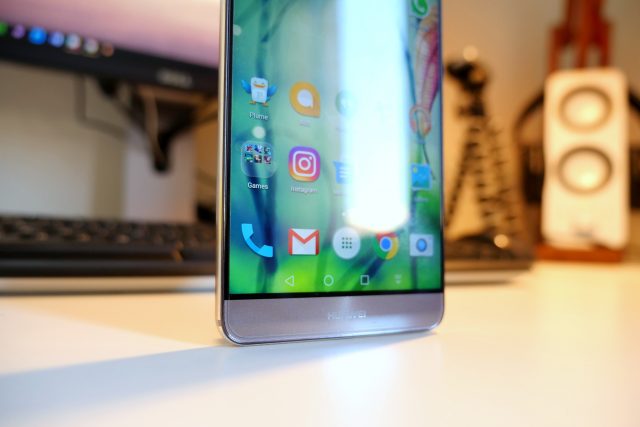
When you have a phone with a 5.9-inch display as its main feature, it’s hard not to talk about it. According to Huawei, the IPS LCD panel has a 1500:1 contrast ratio and can display 96% of the NTSC color gamut. Spec junkies will tell you that a 5.9-inch display NEEDS to at least have a solution of 2560×1440, but we disagree. A 1080p display, even at 5.9-inches, is perfectly acceptable when it looks this good. The only times we actually noticed that the Mate 9 didn’t have a QHD display is when I switched off between the Mate 9 and the HTC 10 a few times a week.
Viewing angles on the Huawei Mate 9 are spectacular and the display is bright enough to be used outside on a sunny day.
Software
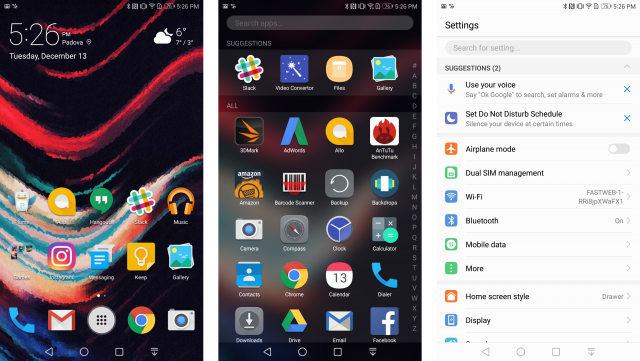
While we’ve enjoyed most of the phones Huawei has been putting out these past few years, one of the main detractors has always been the software. Huawei’s EMUI layer on top of Android has always favored iOS esthetics over the flatter design elements put forth by Google. With EMUI 7.0 on top of Android Nougat, Huawei is finally inching its way in the right direction.
Huawei has implemented most of the new Android Nougat features without huge modifications. Grouped notifications on the Mate 9 look pretty standard and users can now use two apps at once thanks to Android 7.0’s multi-windows support. You can even toggle between two apps by double tapping the multi-tasking button.
But the biggest change comes with the implementation of the app drawer – a first for a Huawei phone. Naturally, you do have to dive into the settings to turn the feature on. The app drawer isn’t anything special, but it gets the job done. It allows you to quickly search for an app you’re are looking for and even suggests which apps you may want to use.
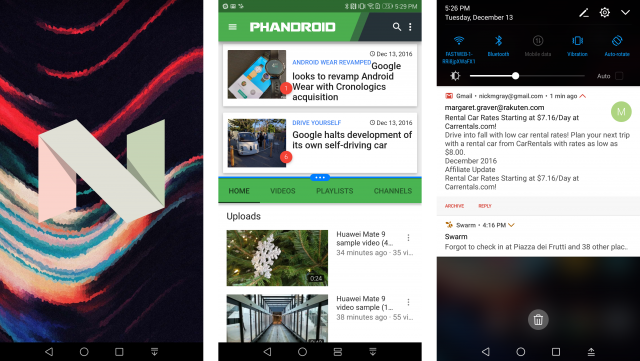
It’s nice to see Huawei’s software team moving things in the right direction, but there’s still a lot of work to be done. Navigating through the phone’s customization options and other settings is still unbearably complicated and the camera app can be embarrassingly slow. And I’m still hoping they’ll do away with the rounded corner app icons
Conclusion
With the Mate 9, Huawei has proven that it is able to consistently produce smartphones that are worth buying. The 5.9-inch display used for the phone may make the Mate 9 too large for those who prefer smaller devices, but that’s really the only reason why this phone may not be the perfect phone for you. Huawei still has work to do on the software front, but the new app drawer and Android Nougat features should be enough to win over many of those who have criticized Huawei’s software in the past.
What Huawei has done with its dual-camera sensor technology is also impressive. There’s still room for improvement there as well, but Huawei’s collaboration with Leica appear to have had a positive impact on image queality and the overall camera experience.
If you’re in the market for a new 2016 flagship smartphone and have €749 to spare, the Huawei Mate 9 should definitely be towards the top of your list.
Huawei Mate 9
Rating: star_fullstar_fullstar_fullstar_fullstar_50 (4.5 / 5)
The Good
- Sleek & thin design
- Battery that lasts for days
- Incredible performance
- Great camera experience
The Bad
- A bit too large
- Software could be better
- Very expensive
The Bottom Line
The Huawei Mate 9 is the perfect phone for those who simply need the best of the best. The hardware packed into the phone more than compensates for the inconsistencies in the software experience.

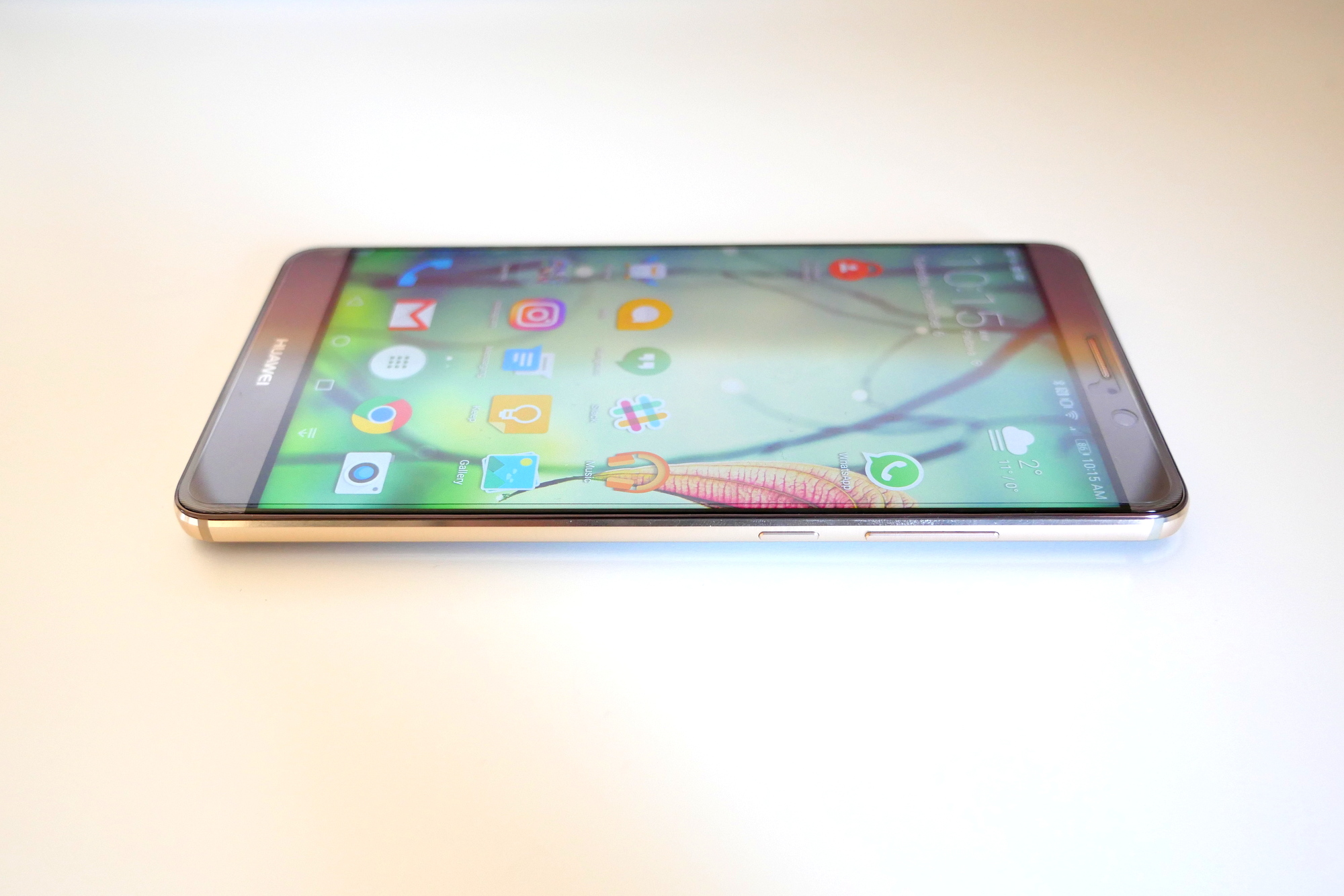
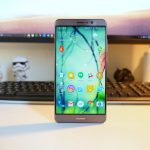
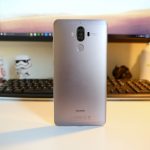
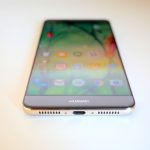
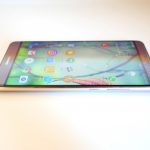
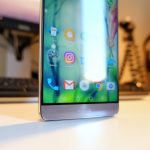
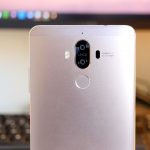
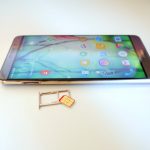




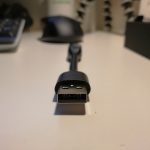


















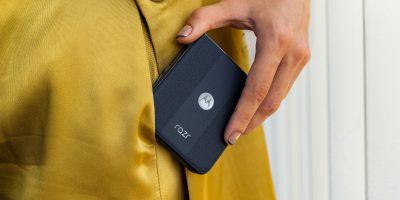



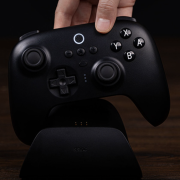
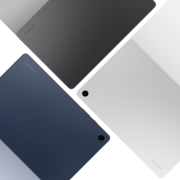
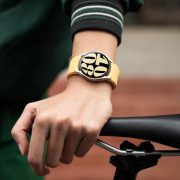

Comments